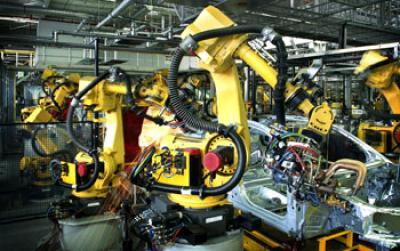HOUSTON – (June 10, 2013) – Scientists at Rice University and Oak Ridge National Laboratory (ORNL) have advanced on the goal of two-dimensional electronics with a method to control the growth of uniform atomic layers of molybdenum disulfide (MDS).
MDS, a semiconductor, is one of a trilogy of materials needed to make functioning 2-D electronic components. They may someday be the basis for the manufacture of devices so small they would be invisible to the naked eye.
The work appears online this week in Nature Materials.
